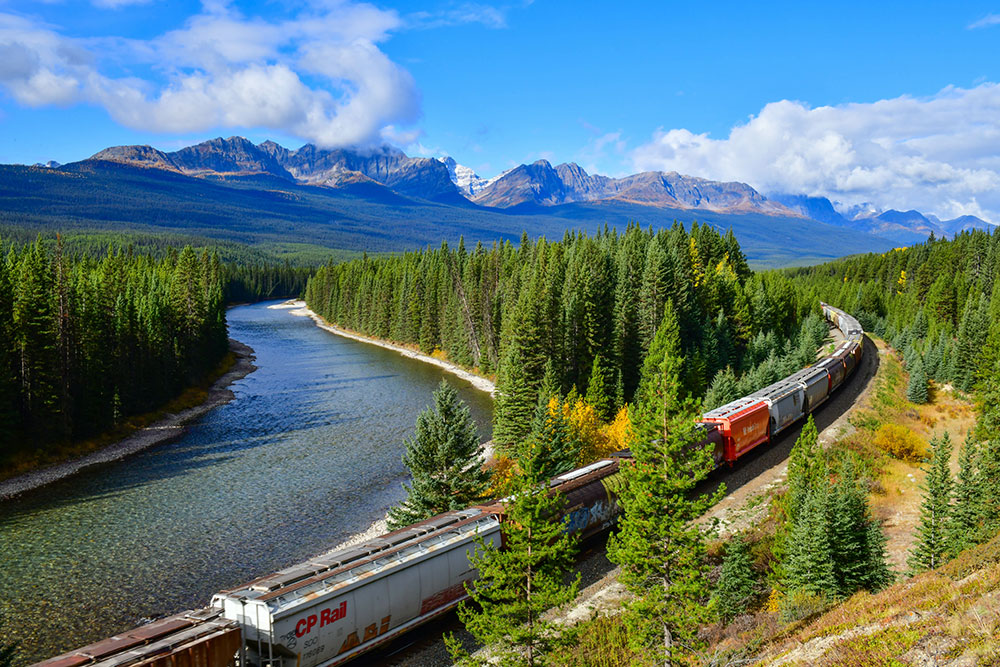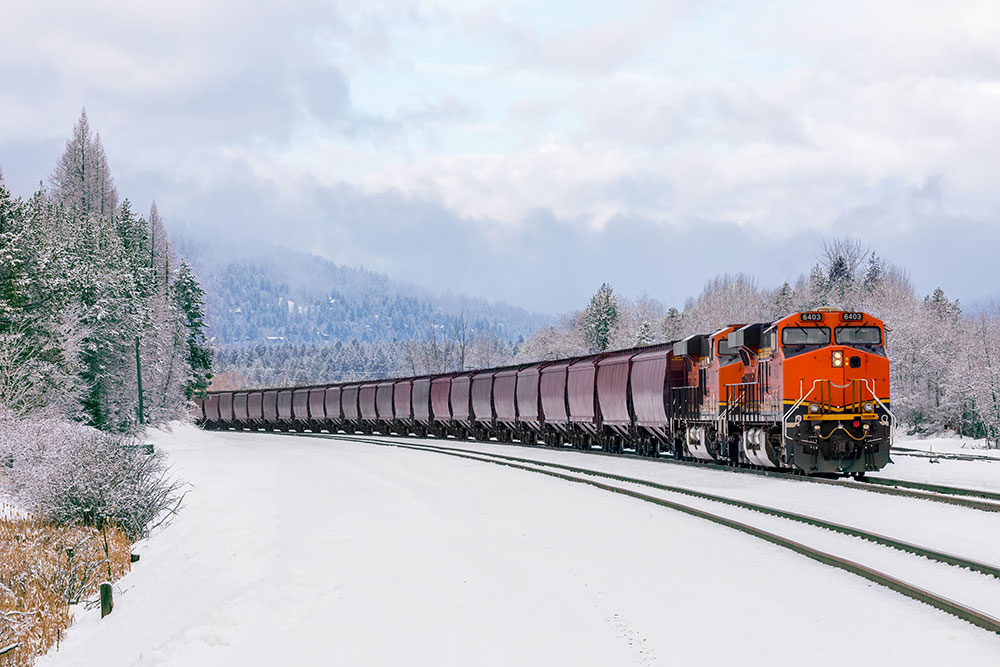Habistack keeps railways on the fast track
September 26, 2022 by Kim Loomis, Product Owner @ Fathym

In this piece:
- Railways are key economic components as 40% of long-distance freight volume
- Maintaining railway infrastructure is crucial
- Fathym's Habistack provides weather data railways need
Railways
While road-tripping across Colorado, it is impossible to miss the railways that run parallel with the main east/west I-70 highway. The railways traverse steep sides of mountains, meander over flatter lands, navigate narrow canyons, run low near the river, and disappear through dark tunnels. The variety ignites wonder to the time, effort and engineering that went into laying the railways.
Economic implications
Although the railways in Colorado were hammered into place back in late 19th century and into the early 20th century, trains are still moving on those same tracks today. Tracks that over 100 years old are being used to move tons of freight every day that fuel the American economy. The railways are a vital piece of the country’s transportation infrastructure.
According to the Association of American Railroads, “Freight railroads account for roughly 40% of U.S. long-distance freight volume (measured by ton-miles) — more than any other mode of transportation... In a typical year, freight railroads haul around 1.7 billion tons of raw materials and finished goods. Redesigned railcars have helped increase average tonnage. In 2021, the average freight train carried 4,082 tons, up from 2,923 tons in 2000.”
In the past few days, the nation has been on edge as the railway workers have threatened to strike over poor pay and rigid working conditions. A strike would worsen the already fragile supply chain conditions the country has been dealing with since the start of the Covid-19 pandemic.
The Association further goes on to say in a separate article, “The Association of American Railroads trade group estimates that a strike would cost the economy $2 billion a day…About 300,000 barrels of crude oil is shipped by rail every day, and refineries might have to slow production if deliveries are delayed, according to the American Fuel & Petrochemical Manufacturers. Analysts warn there could be shortages of gasoline and diesel in some places such as the Northeast.”
With that much depending on railways, we need to know how to always keep them in tip top shape.
Maintaining Infrastructure
Time takes a toll on the railways – infrastructure ages and it needs to be maintained and repaired to stay in top form. Worse, though, weather can wreak more immediate negative effects on the railways.
Extreme heat can warp or buckle the rails and cause derailments. In rocky areas, rain can cause rocks to dislodge and slides to happen, covering and possibly damaging the tracks. Ice can cause slippery tracks and slow down the trains while snow can pile and stop trains from moving at all.

Aging infrastructure can be managed through regular inspection and maintenance practices. Weather, though, can change rapidly and requires a more immediate need for knowledge.
What is going to happen in the next week, next day, next few hours in the vicinity of the train? Being able to be proactive and act on forecasted weather is necessary for trains to keep moving freight smoothly around the country.

Providing the Weather Data Railways Need
Habistack is a robust, feature-rich API that offers a powerful suite of weather forecasting and open-source data visualization tools. The Habistack API allows the railroads to keep constant outlook on what is happening across the U.S., wherever their tracks are located. Updated every 15 minutes, the forecast provides point and multiple point forecasts. It provides railway relevant variables such as:

Fathym Habistack Weather API
Habistack combines the world's best weather forecasts with statistics-based, machine-learning techniques to tackle the largest datasets, including road weather. Habistack offers developers comprehensive weather forecasting capabilities over freely chosen locations and routes across the globe, with any combination of variables. The API delivers a unique suite of highly specialized forecast variables derived through statistically based machine learning models. Get started exploring the forecaster's capabilities today.